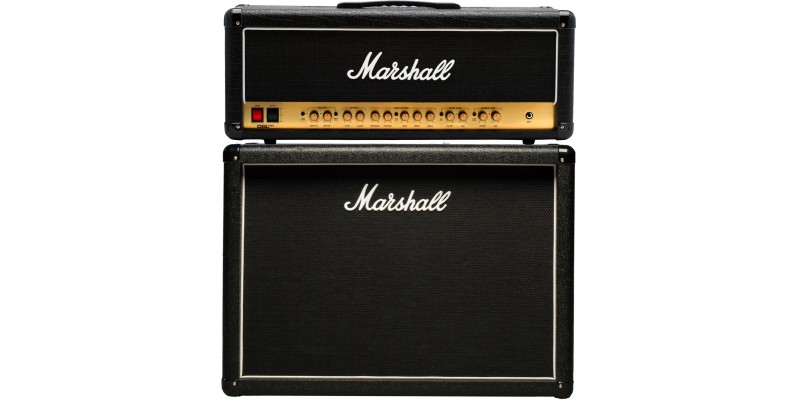

With a tight and focused distortion sound, the JCM800 was the quintessential '80s rock and metal amplifier.
#Marshall stacks series
These amplifiers were groundbreaking at the time as they featured innovative distortion circuitry, giving players a saturated overdriven sound without having to literally turn up to 11! The JCM800 series was the outstanding sequel, becoming a studio staple that is still used extensively even today. Other successes followed, including the 2203 & 2204 heads from the mid-'70s. Some of the first users of this amp were Jimmy Page of Led Zeppelin and the mythical Jimi Hendrix, cranking them to form the acclaimed Marshall drive tone. This tube-driven head was a monster, with massive headroom and enough volume to fill almost any venue. Then came the legendary ’59 Super Lead (Plexi). These JTM45s got into the hands of Eric Clapton, Jimi Hendrix and Paul Kossoff, and created the famous “British Sound”.

These changes resulted in more amp distortion, which became an increasing trend in the early days of British Rock and Roll. It used KT66 power valves (or tubes, depending on your persuasion) compared to the 6L6 valves of the Bassman, and higher gain ECC83 preamp valves, that the 12AY7s of its American cousin. However, due to the availability of components, he ended up making something that sounded quite different – the JTM45! This was the first Marshall amp, and one of the most iconic. In the early ’60s, Fender amps were expensive to import, so Jim Marshall decided to start trying to replicate the Fender 59' Bassman. Accepting it as a challenge, Jim Marshall formed a small team and together they started to build their very own amplifiers.

Jim became aware of their frustrations with the amps that they used at the time, telling him that they couldn’t quite attain the sound they were looking for. However, a handful of Jim’s high-profile clientele, most notably Pete Townsend and Ritchie Blackmore, suggested that he should start stocking guitars and amplifiers. first opened in fact! With a successful store based in London, Jim stocked a variety of musical instruments and predominantly specialised in drums. Jim Marshall founded his company all the way back in 1962, not long before Andertons Music Co. We’re therefore confident that whatever your tonal tastes are, you’ll find a Marshall amp that you’ll love. There is a lot of variety in their current catalogue, and the options available cater for guitarists of all genres and styles. So in this article, we’re going to give you some guidance on finding the right Marshall to make the sound in your head a reality. Despite that, Marshall themselves continue to innovate and lead the way, over 50 years later. Many subsequent amp companies have used Marshall as their benchmark, building upon their foundations to push amp technology even further. That’s why a whole raft of iconic guitarists such as Joe Satriani, Angus Young (AC/DC), Zakk Wylde (Black Label Society) and hundreds more have used their amplifiers to craft their distinctive sounds. Marshall Amplification need no introduction, but we’ve given you one anyway! As the main trendsetters for amp design since the early '60s, their amplifiers are still hugely popular in the 21st Century, with a bigger lineup than ever before.įamous for their trademark “crunch”, Marshall pioneered the saturated distorted sound, which was an absolute game-changer.


 0 kommentar(er)
0 kommentar(er)
